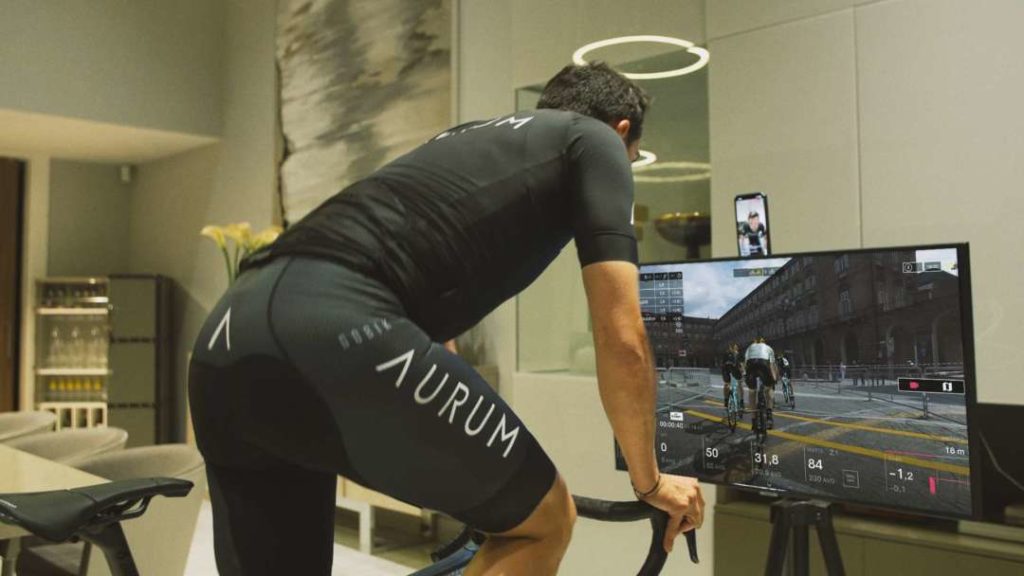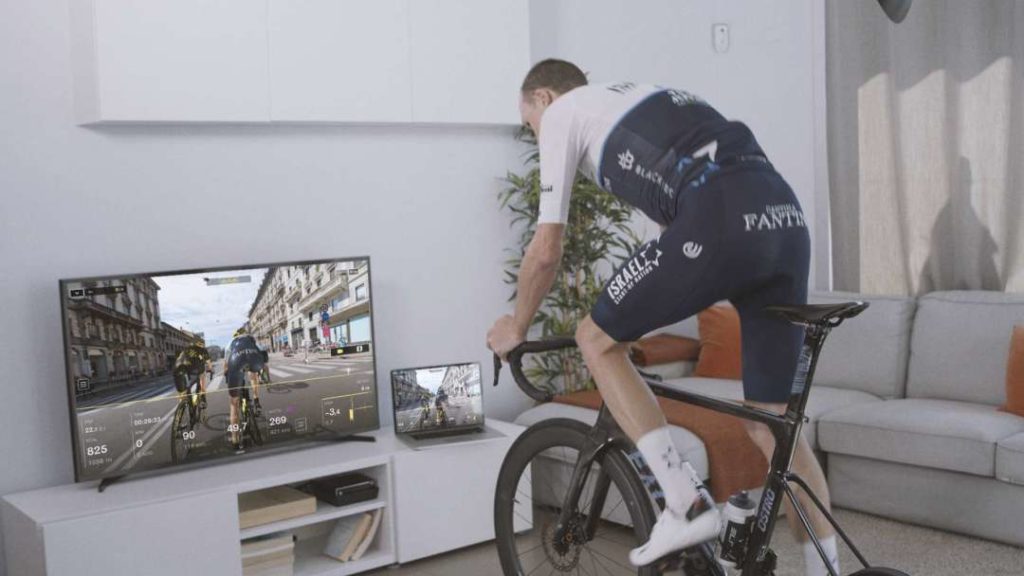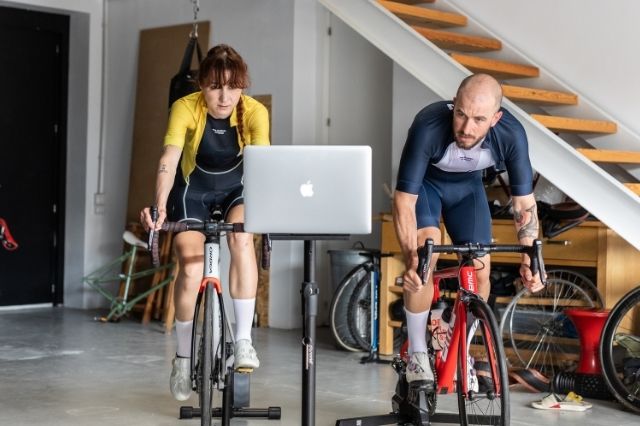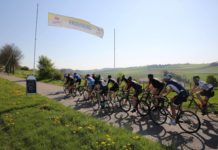Periodisation is a key tool in the field of sports training, whether you’re preparing for a cycling competition, using a simulator such as BKOOL, or simply looking to improve your overall performance.
Through a proper training structure over weeks and months, it is possible to maximise results and, at the same time, prevent dreaded overtraining. In this article, we will explore how to implement periodisation in your routine to optimise performance and maintain a healthy balance.
What is periodisation?
Periodisation refers to the systematic planning of training in specific blocks or cycles. These cycles are designed to vary the intensity, volume, and type of exercise to align with the athlete’s goals and competition phases. In cycling, for example, it may involve road sessions, simulator use, and complementary strength training.
This is how important periodisation is Overtraining occurs when the body does not have enough time to recover between high-intensity sessions. This leads to a decrease in performance, injuries, and chronic fatigue. Periodisation allows structuring preparation to include adequate recovery phases, thus preventing overtraining. Additionally, it helps to maintain the athlete’s motivation and focus by introducing variety and specific goals in each phase.
What are the basic principles?
Periodisation is based on several fundamental principles that guide its effective implementation:
- Variation: regularly changing training stimuli to avoid adaptation and stagnation.
- Progression: gradually increasing the training load for continuous improvement.
- Specificity: designing training to be specific to the demands of the sport or event.
- Individualisation: adapting the plan to the athlete’s individual needs and capabilities.

These are the types of periodisation
Linear periodisation
This type of periodisation involves a progressive and linear increase in training intensity and volume. It is useful for beginners and during the initial phases of a training cycle.
Non-linear periodisation
Also known as undulating periodisation, this approach alternates between different intensities and volumes within the same training cycle. It is particularly effective for advanced athletes who seek to maintain a high level of performance throughout the season.
Undulating periodisation
Similar to non-linear periodisation but with more frequent and extreme variations. It can be daily, weekly, or monthly, and is ideal for sports that require consistent performance at different times of the year.
What are the phases of periodisation?
General preparation
In this phase, a solid foundation of physical fitness is built. For cyclists, this could include long, low-intensity sessions both on the road and in cycling simulators. The goal is to improve endurance and aerobic capacity.
Specific preparation
Here, training becomes more specific to the demands of the event or competition. For cycling, this might include high-intensity workouts, such as intervals on a BKOOL cycling simulator, replicating race conditions.
Competition
During the competition phase, the focus is on maintaining the peak performance achieved. Sessions are shorter but of high intensity, with enough time for recovery between them.
Transition
This phase is crucial for physical and mental recovery. After a competition season, cyclists can reduce the training load and focus on light activities and active recovery.
An example of weekly and monthly training planning
Planning your weekly and monthly training is essential to apply periodisation effectively. A typical week might include:
- Monday: rest or light activity
- Tuesday: high-intensity interval training
- Wednesday: moderate endurance session on the road or BKOOL
- Thursday: strength and conditioning training
- Friday: active recovery training
- Saturday: long endurance session
- Sunday: rest or light ride
Monthly, you could structure your weeks as follows:
- Week 1: aerobic base building
- Week 2: intensity increase
- Week 3: peak intensity and volume
- Week 4: load reduction for recovery

Strategies to maximise results
Variation of intensity and volume
Regularly changing the intensity and volume of training avoids monotony and keeps the body adapting. High-intensity intervals followed by low-intensity sessions are an excellent way to improve performance without overloading the system.
Incorporation of rest and recovery
Rest is as important as training. Plan rest days and active recovery weeks to allow your body to repair and strengthen. The use of cycling simulators like BKOOL can facilitate controlled and effective recovery sessions.
Monitoring and adjustment of the training plan
Constant monitoring of progress and the body’s response to training is vital. Use tools such as power meters, heart rate monitors, and analysis software to adjust your plan as needed. Listen to your body and make modifications to avoid overtraining and optimise performance.
Practical examples of periodisation
Imagine a cyclist preparing for a major race in six months. In the first two months, they could focus on building a solid base with long sessions on BKOOL and on the road. Next two months, attention would shift to high-intensity workouts and specific interval work. In the month prior to the competition, the cyclist would focus on maintaining form and performing race simulations. Finally, after the competition, they would move to an active recovery phase to recover physically and mentally.
Periodisation is an essential strategy for any athlete, especially in endurance sports like cycling. Properly structuring your weeks and months of training can lead to significant improvements in performance and, most importantly, prevent overtraining.
Tools like our cycling simulators offer an efficient and controlled way to implement these strategies, ensuring that each session contributes to your long-term goals. With careful planning and constant adaptation, you can achieve your performance goals and stay in the best possible shape throughout the season.
BKOOL is the most complete cycling simulator on the market – try it FREE for 30 days!













